Written by Jonathan
20th October 2017
avalanche, safety, airbag, mountains, snow, winter, offpiste, transceiver
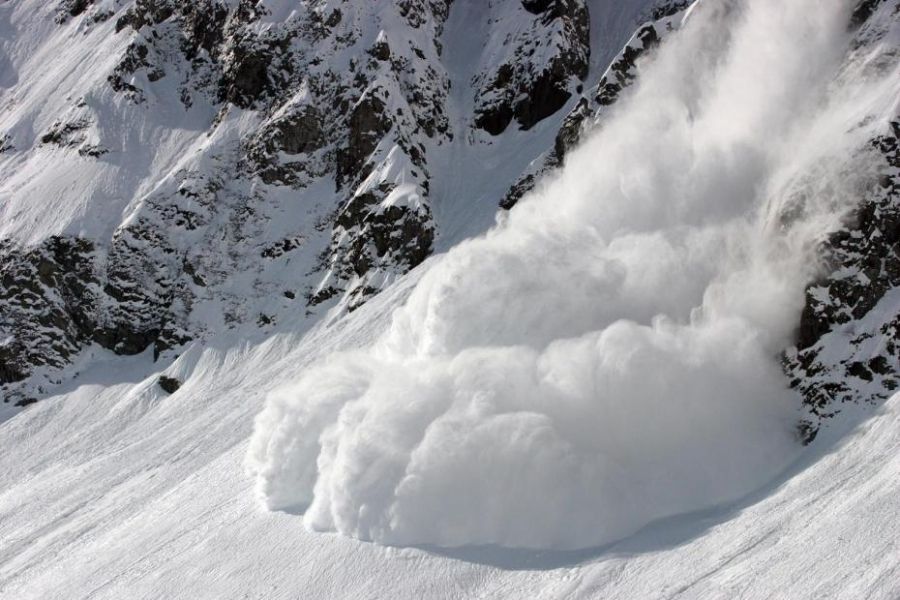
Skier triggered avalanches are not the only avalanche problem
Avalanche airbag packs are increasingly seen as a must-have piece of kit for off-piste skiers in addition to the standard essential items of a transceiver/beacon, shovel and probe. You can’t argue with the statistics: should you be caught in an avalanche, and if you manage to deploy your airbag, you’ll have an appreciably better chance of surviving. In recent years manufacturers have invested heavily in research and development and developed ingenious methods to deploy the airbag from the pack. As such, selecting the most suitable pack for yourself this winter might appear a little daunting given the plethora of airbag models now available. Fret not, however! This blog gives an oversight of the different types of device, explains how they function, and provides a detailed explanation of their respective pros and cons.
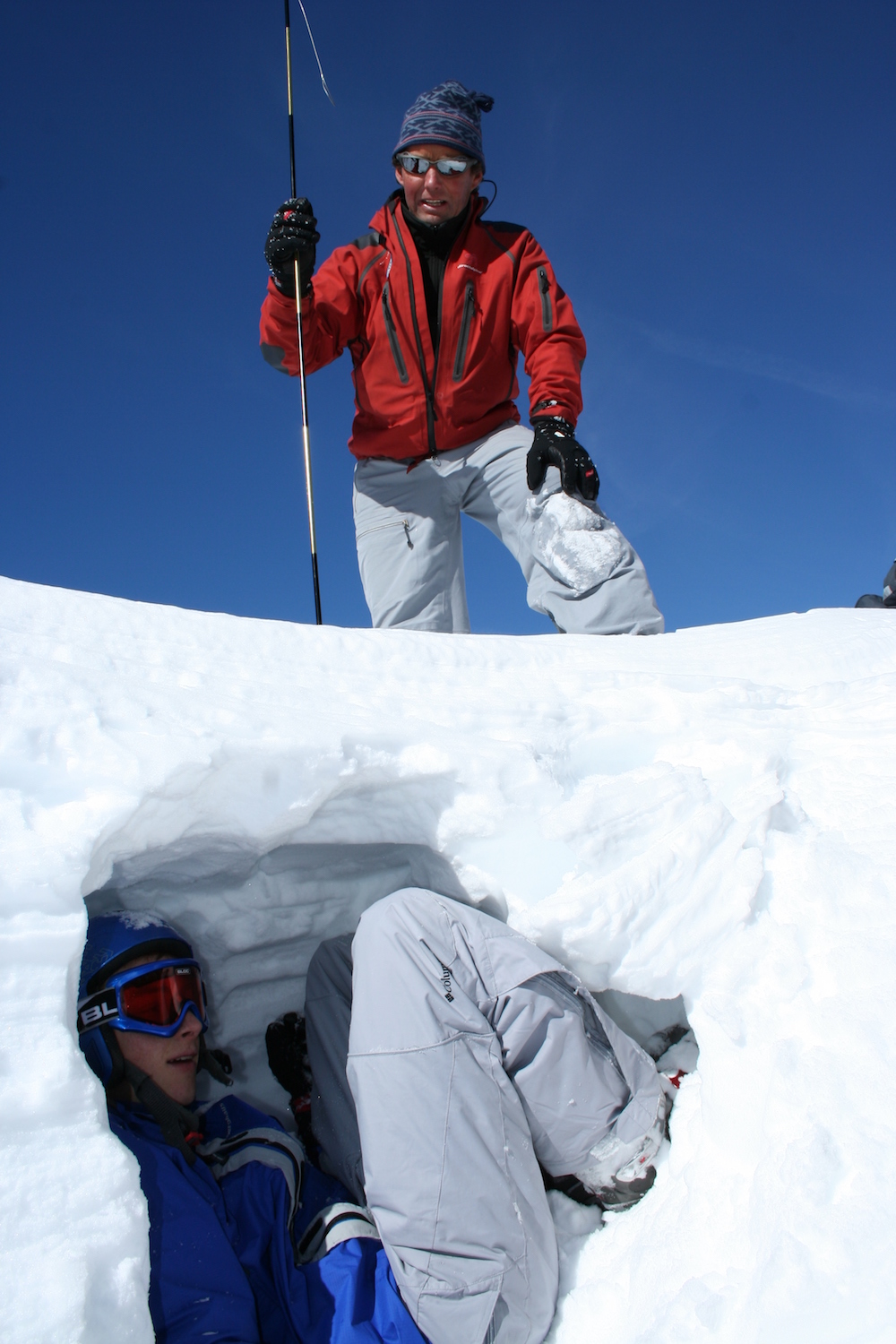
Bear in mind that airbag technology, as with ski gear as a whole, is constantly evolving and improving. However, it’s definitely the case that the major faults and glitches that plagued the early years of airbag sales, and led to many recalls by manufacturers, are behind us. Whilst it might be tempting to delay purchasing and see what newfangled development evolves in a year’s time, not having recourse to donning an airbag pack in the coming season of off-piste skiing would definitely be a handicap. Whilst one hopes to never have to deploy the bag in an emergency, and simply having the pack is never a replacement for smart decision-making in the backcountry, properly worn and deployed airbag units have been shown to improve survival chances when caught in an avalanche. Airbags then, as with other vital lifesaving and life-preserving kit such as transceivers and probes, are quite a different investment from skis, bindings and boots in the sense that hopefully you’ll never have to test and appreciate their true value — avoiding avalanche incidents in the first place will always be of paramount necessity.
Selecting an Airbag Pack
- What type of off-piste skiing will you be using the pack for? Resort-based or heli-based descents allow for a smaller, lighter and more streamlined pack. Heading into the backcountry for either single day or multi-day hut tours will necessitate a pack with more volume for carrying extra gear. Choosing the right size can be a trade-off: go too large and you may find yourself begrudging the extra bulk and weight — you might wish to consider one of the removable systems such as the R.A.S. (Removable Airbag System) by Mammut, which uses a single airbag unit that is swappable between any of the different sized R.A.S. compatible packs.
- Are you planning to travel to far off, exotic ski locations (with Mountain Tracks, off course)? Airlines have different rules about travelling with airbag packs and canisters/cartridges. Certain carriers will require you to fly with an empty cartridge and refill or replace the unit on arrival — this can prove a headache, necessitating quite a bit of research to locate a supplier or shop able to provide a replacement cartridge or refilling service. Fan-based airbags avoid this dilemma… but, you’ll still need to check the airline’s policy on carrying lithium-ion batteries (with most you can pack the power source in your hand luggage).
- Size does matter! How good a fit is the pack for your body type? Many of the manufacturers now offer a variety of packs to fit different torso lengths. It’s definitely worth visiting a store to check the fit even if you’re eventually going to buy online. Ortovox have now also introduced a women’s specific line - let’s hope the other manufacturers also follow suit next season.
- How does the pack’s ski carrying system function? You’ll need to factor in how you’re planning to use the pack based on your normal setup for porting skis when hiking and climbing steep terrain — certain airbag deployment systems limit the means to attach items to the pack without infringing the inflation of the airbag.
- Finally, budget is also clearly a consideration. Packs are available at a wide variety of different price points. As an airbag is a major purchase you’ll need to consider which system will prove the best investment for the long term.
Pack size/capacity
Having assessed what type of skiing you’ll engage in (heli- or cat skiing/lift-accessed backcountry/day ski tours/multi day hut-to-hut ski touring) you can use the guide below to determine what size pack you’ll need:
Heli-/cat skiing or lift-served backcountry: 15-20 litre volume
Day ski touring: 20-35 litres
Multi-day and hut-to-hut ski tours: 35 litres+
Do bare in mind that the manufacturers vary in the way in which they measure volume — it’s a good idea to bring the items you’d usually carry while skiing to the store to check whether the pack you’re coveting will carry all your prized possessions!
Activation Mechanisms
Cartridge or Canister Activation:
These airbag deployment systems function using a cylinder containing high pressure gas which is used to inflate the airbag(s) when triggered. BCA and Mammut/Snowpulse are based on user-refillable canisters containing compressed air that can be recharged at certain ski stockists, and some scuba and paintball shops. The ABS system use compressed nitrogen cartridges that aren’t user-refillable: the used cartridge needs to be returned to a dealer and is exchanged for a replacement at a discounted price. It should be noted that the ABS system utilises a explosive charge in the deployment mechanism: you’ll need to show the activation handle isn’t primed when travelling by air. Both the handle and cartridge for the ABS packs need exchanging after an activation.
Electric Fan Systems:
The Black Diamond JetForce, Pieps JetForce Tour Rider and the Arc'teryx Voltair all use battery powered fan systems to inflate the airbag. The use of a high speed fan eliminates the need for cartridges and each charge of the lithium-ion battery can power an airbag deployment multiple times. That’s not to suggest you should entertain the idea of multiple avalanche burials on a single ski tour! However, the ease of deployment is such that you can test the system and familiarise yourself with the bag inflation process without the bother of having to visit a ski shop for a replacement canister or cartridge. A disadvantage of the fan systems though is their weight. The Black Diamond Jetforce and Arc’teryx Voltair both weigh in at around 3.5 kilos, considerably more than a state-of-art gas inflation-based airbag pack of the same size at about 2.6 kilos.
Other considerations:
Another good reason to visit your local ski shop (other than ogling all the new gear and get excited about your next trip) is to review the different handle types and check whether the pack you intend to purchase works well for you: consider that some models allow for you to switch the pulling cord from the left to the right side.
Principal Manufacturers/Systems
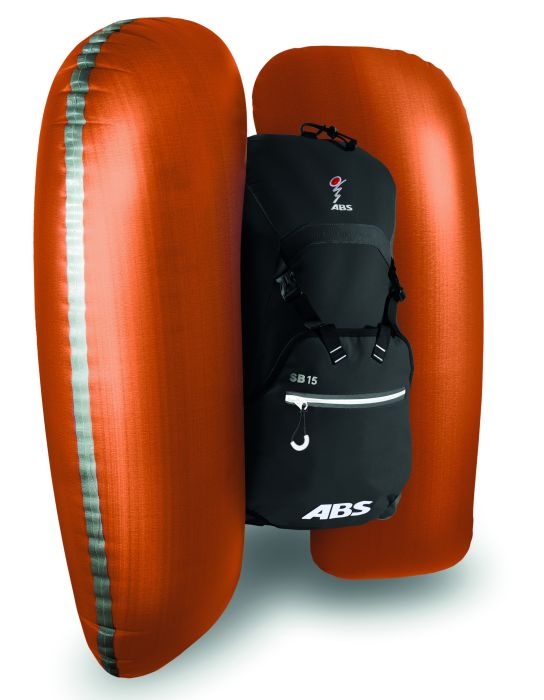
ABS
ABS is the longest established manufacturer of airbags and offers a two bag deployment system: this has the advantage of providing a backup bag in case one is punctured while being carried by an avalanche. An activation handle links to a small explosive charge that forces a needle into a compressed gas cartridge. ABS offers both built-in systems and a swappable Vario system based on a basis unit that can be transferred to different size packs. ABS has licensed its system to other pack manufacturers including Ortovox, The North Face, Arva, Dakine and Salomon.

Mammut/Snowpulse
Having purchased Snowpulse, Mammut has gone on to develop its lineup of airbags with two distinct systems. The swappable R.A.S. (Removable Airbag System) deploys a single overhead airbag and can be used in any of the R.A.S line of compatible packs. Mammut’s other offering, the ‘Protection’ system, uses Snowpulse’s specially formed neck and head protection airbag that offers extra upper body protection. Both systems use the Mammut cartridge (both aluminium and carbon bottles are available) that is user-refillable with the correct adaptor at many ski, scuba and paintball shops.
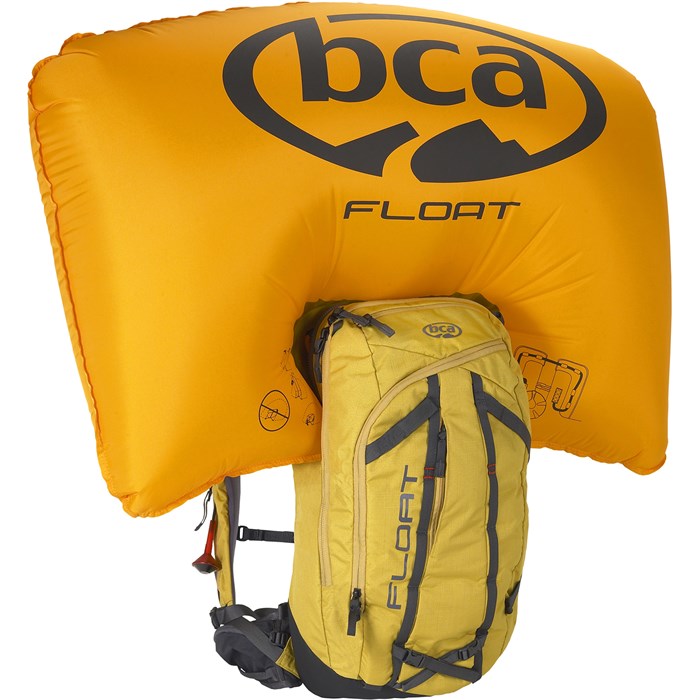
BCA
After being bought by K2 Sports, BCA has continued to development their line of airbag packs. The BCA packs have long been a favourite at Mountain Tracks - the well designed, reliable and affordable Float range has stood the test of time. The compressed air cylinders can be refilled at BCA stockists, scuba and paintball shops using an adaptor. It’s a good idea to check you’re happy with the BCA handle before purchasing one of the Float packs: it’s cone-shaped rather than a classic t-shape (it can be a bit tricky to grip and pull on if you’ve smaller hands, or are wearing mitts).
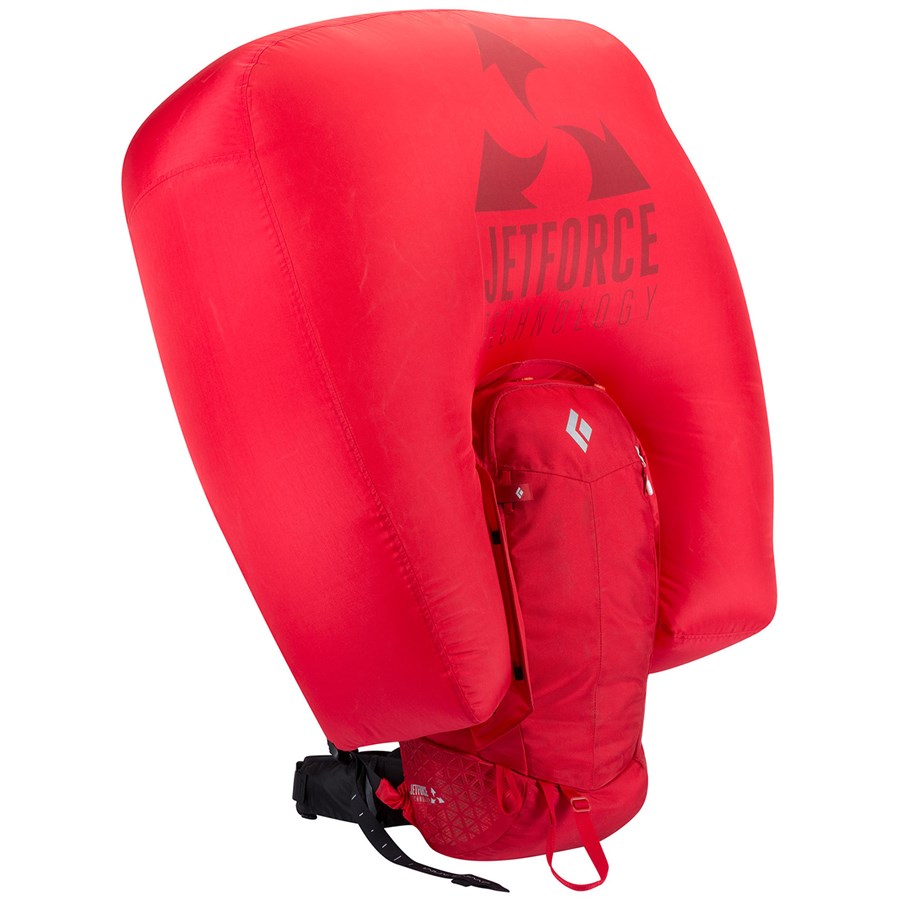
Black Diamond/PIEPS
Black Diamond recently acquired the Austrian avalanche beacon and snow safety company PIEPS and both have been developing the innovative Jetforce technology that has proved a game changer in the world of airbags. Further collaboration between PIEPS and Black Diamond on their battery-operated, high speed fan-based unit to deploy the airbag has ironed out the initial problems which resulted in a few software problems requiring a product recall. Of course, reliability is of paramount importance with all airbag units. A great feature of the BD/PIEPS Jetforce system is that you can practice airbag deployment and check the operation of the unit with ease.

Arc’teryx
Arc’teryx are the newest entrant to the airbag market and produce lithium-ion polymer battery powered Voltair packs in two sizes 20L and 30L. It’s important to note that the battery and charger are sold separately from the backpack. As with everything Arc’teryx the packs are great quality — and the craftsmanship is reflected in the price!
Whichever airbag pack you purchase, practice pulling the handle before you have to use it on the slopes: with certain packs you definitely have to yank harder than others to activate the system. For a video demonstration see the deployment of BCA's Float 32 airbag system here. Don't forget to wear the crotch strap attached to the pack, or you could end up loosing the bag over your head should you be unfortunate enough to be caught in a snow slide. A critical point is to not lose sight of the importance of not getting avalanched in the first place. There is much to be said for reflecting and investing some of your expenditure on a decent avalanche course, such as those offered by Mountain Tracks with professional IFMGA Guides.
Learn more about Mountain Tracks Avalanche Training Foundation courses here.
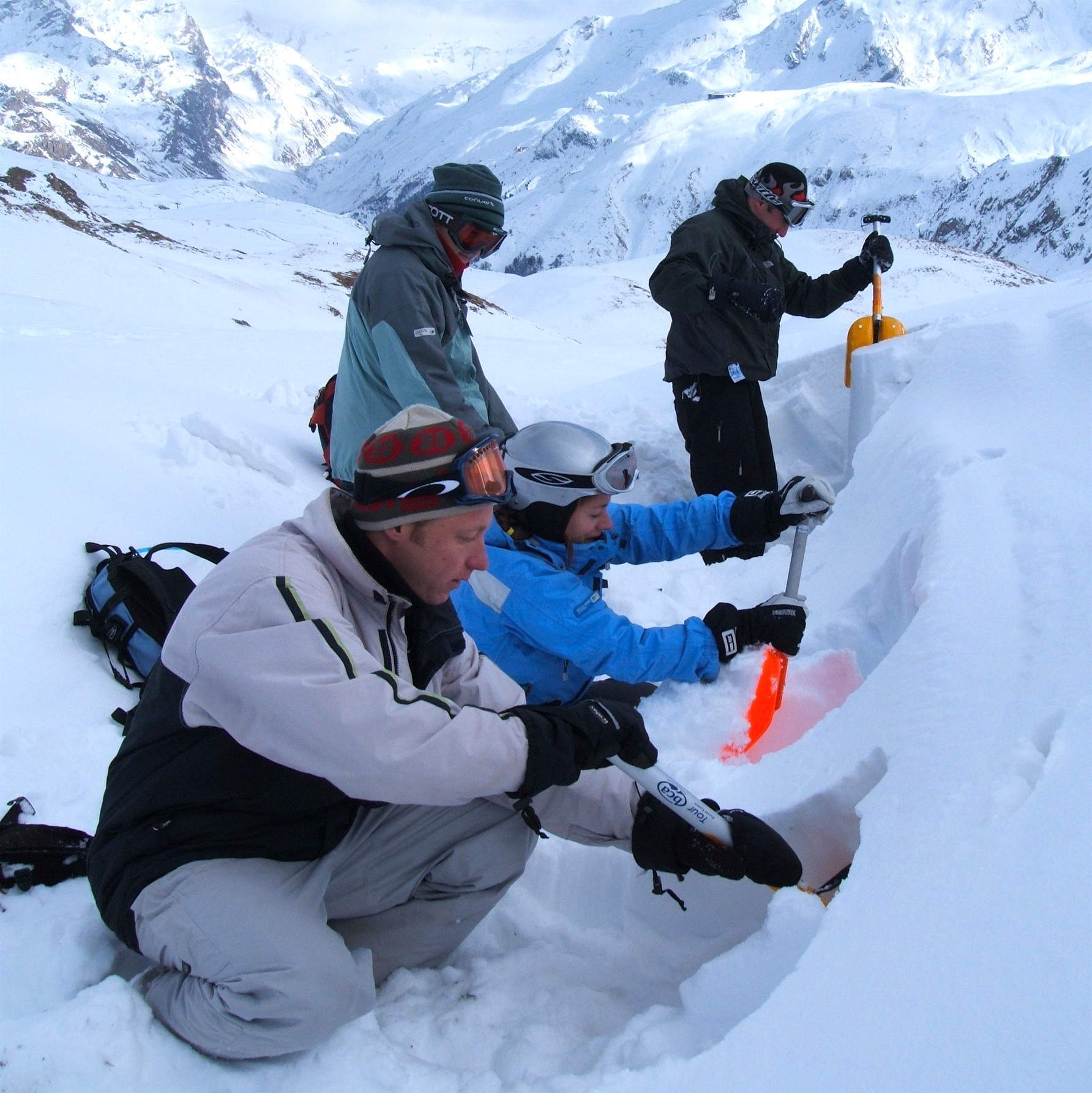
 Off-Piste
Off-Piste Ski Touring
Ski Touring Via Ferrata
Via Ferrata Ice Climbing
Ice Climbing Alpine Glacier Trekking
Alpine Glacier Trekking Worldwide Trekking
Worldwide Trekking











 Travel Website Development
Travel Website Development